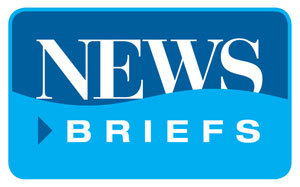News Briefs: California Wineries Now Under Statewide Wastewater Regulations
Also in this week's sewer and water news, Fitch Ratings reports that the new Lead and Copper Rule could raise costs for utilities
Popular Stories
Discussion
Comments on this site are submitted by users and are not endorsed by nor do they reflect the views or opinions of COLE Publishing, Inc. Comments are moderated before being posted.






